Cannabis contains many active substances and for the most part they are THC,CBD andCBG.
On more than 600 strains we know today, we find flavonoids, alcohol, terpenes (more than 200), cannaflavins and the fatty acids.
The most important active substance of Cannabis is THC
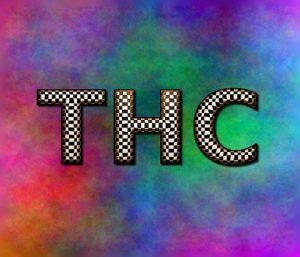
Delta-9-THC is the main cannabonoid among the active substances in cannabis; in fact it can be considered the head of the phytocannabinoid family.
It is a psychotropic drug, generated from the flowers of Cannabis, and in the countries where it is legal, it can be smoked, inhaled or ingested.
Its main effects are:
- euphoric
- anti-nausea
- anti motion sickness
- antiemetic
- decreases aggression
It is also an effective pain reliever, in fact it is the main ingredient of many medicines (eg. Sativex or Bedrocan used to relieve the pain)
THC was discovered by Rapheal Machoulam, Habib Edery and Yechiel Gaoni of the Weizmann Institute, in Israele in 1964. (source: Wikipedia)
Thanks to this breakthrough, this ingredient became the most common active substance for pharmaceutical use
THC is used for treating diseases such as Parkinson, multiple sclerosis, Alzheimer, sleep apnea, Tourette syndrome, and many others.
When extracted in pure form, at very low temperature, it looks like a solid crystal, slightly pink, viscous when heated.
On the market instead, THC is a brown/yellow oily liquid.
Active substance CBD
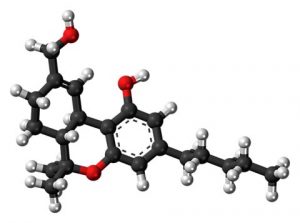
CBD, whose scientific name is Cannabidiol, is one of the active substances in cannabis, it is nonpsychoactive and very useful in treating different symptons of diseases.
This excellent active substance of cannabis is able to regulate important mechanisms of our body: when a decompensation occurs, CBD can restore the correct balance. In fact it acts on both the immune and inflammatory systems.
The properties of CBD are countless and all backed up by scientific researches, both in the crystal and the oily form
Here are some:
- Analgesic and anti-inflmmatory: thanks to its action on ECS, this active substance can bind to the receptors of our brain.
- Neuroprotective: thanks to its anti-inflammatory power, this active substance can reduce the oxidative stress in our brain cells
- Anxiolytics: Disorders such as post-traumatic stress disorder or obsessive-compulsive disorder, as a result of various scientific studies, seem to be caused by low amounts of anandamide within the ECS, which can be compensated for by CBD.
- Antipsychotic: many scientific researches showed that this active substance can improve pathological conditions such as schizophrenia, bipolarism and other kinds of mental illness.
CBD can also enhance THC’s effects, mitigating its potentially harmful effects on heart rate and blood pressure.
CBD is what allows the legalization of Light Cannabis.
One of the most important products of Legal Cannabis is the hempseed oil.
Click hereand find out where to buy quality Hempseed oil online!
Active substance CBG
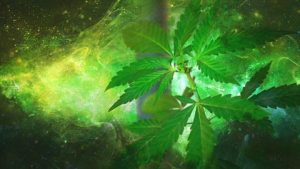
CBG, also referred to as Cannabigerol, is a phytocannabinoid.
It is a different product, since it isn’t produced by the organism, but by the plants of Cannabis.
CBG is a minor active substance since, after the harvest and drying, the remaining percentage in Cannabis is less than 1%:
Despite being a minor active substance, it’s the first cannabinoid acid to develop inside the plant.
All the acids produced by the plant will then transform into the well known active substances: CBD, THC and CBG; the more the CBD and THC, the less CBG.
Thanks to the experimentations of many growers creating new strains, we can have products with a higher percentage of CBG.
CBG is a non-psychotropic cannabinoid, it doesn’t affect the mental capacity.
Despite that, CBG can interact with the endocannabinoid system in other ways.
Unfortunately, this active substance kind of fell by the wayside, compared to THC and CBD, but research continues to find out more about the potential relevant role of this active substance.
In fact it can beneficial in many ways:
reducing anxiety and stress, reducing bowel inflammation and intraocular pressure, improving depression and skin diseases (eg. psoriasis).
We hope you enjoyed our article on Cannabinoids!
Visit our Blog for more News and Curiosities about the wonderful world of Light Cannabis
Thank You!
Canapa Light Blue Team

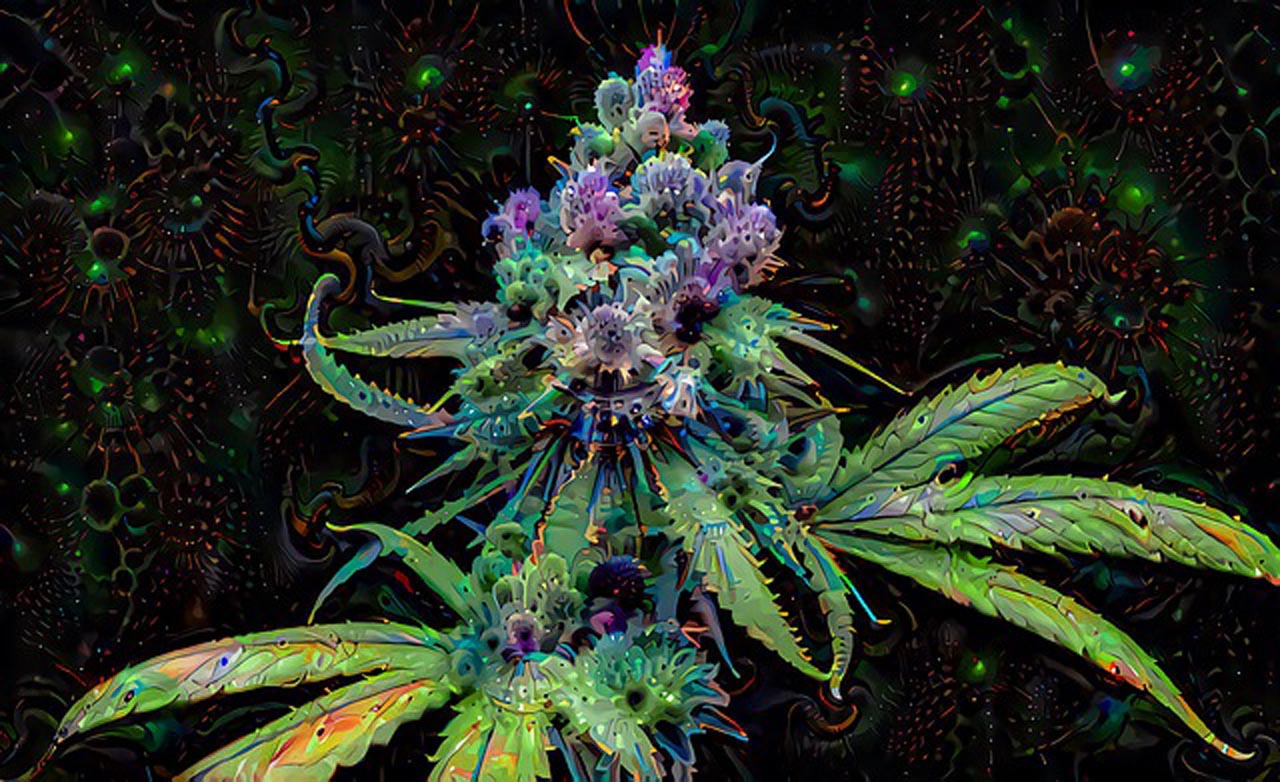
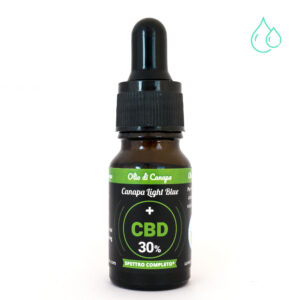
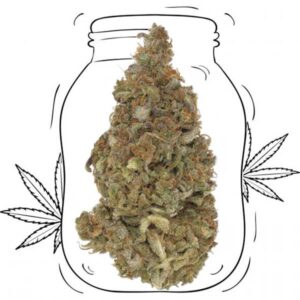
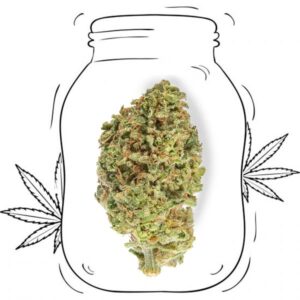
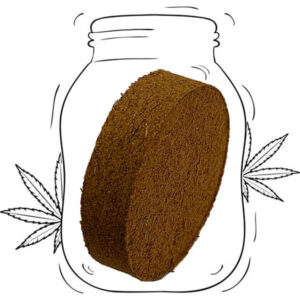
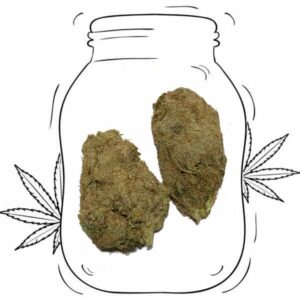
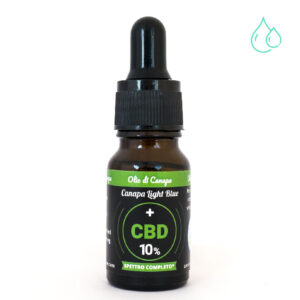

0 Comments